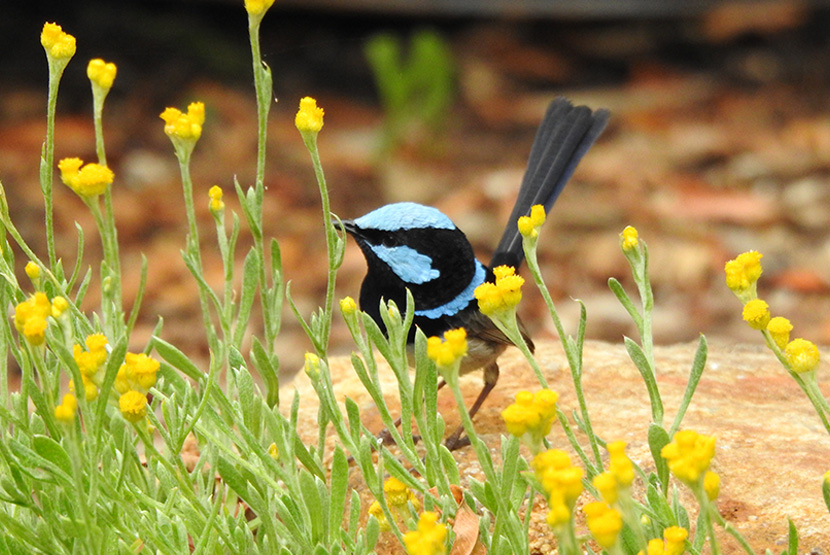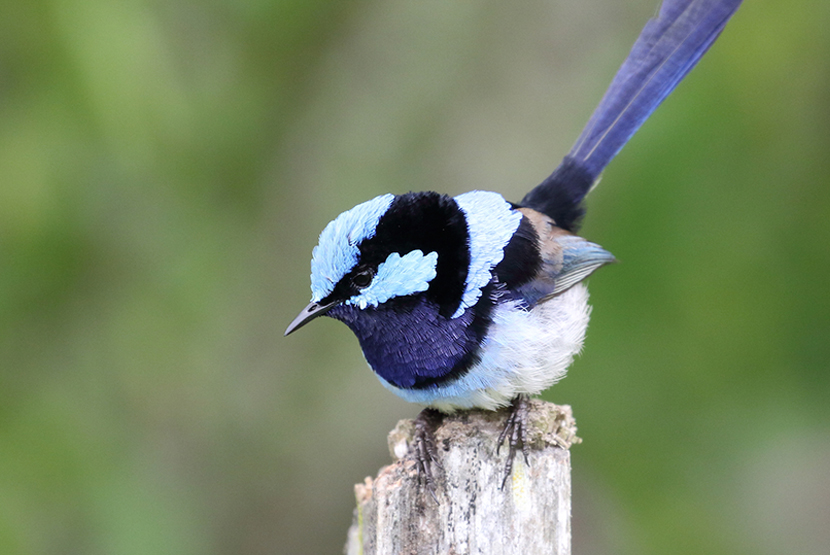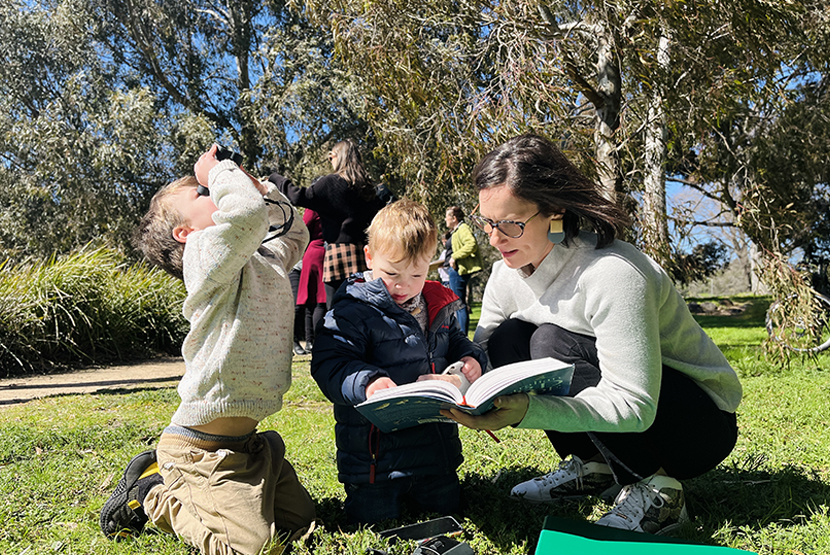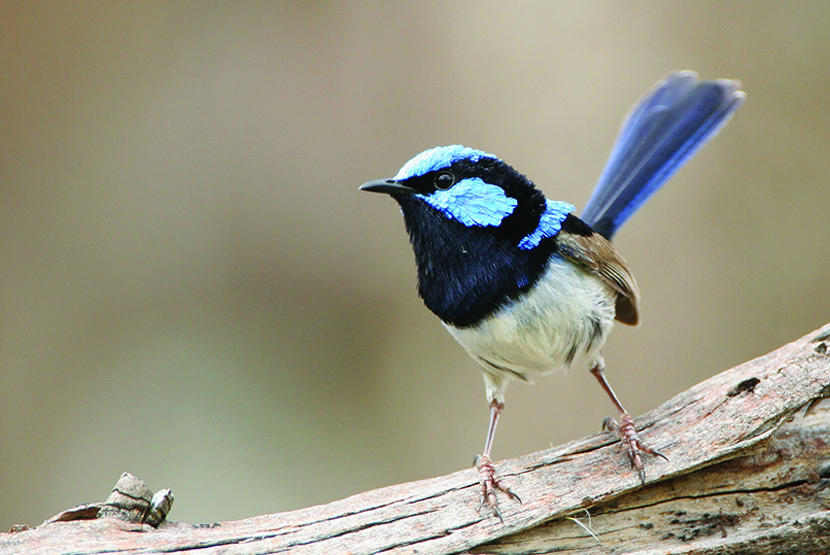Take part in a wren-watch to protect local birdlife
The Superb Fairy-wren polled 400,000 votes to win the Guardian Australia/Birdlife Australia bird of the year for 2021.
If you want to see what this cute round little bird with an upright tail looks like and help protect its habitat, head to Royal Park in Parkville.
Adults and children of all ages can join a citizen science project by signing up for a 15-minute “wren-watch” at one of 50 survey areas in Royal Park to record sightings of the colourful bird via the BioCollect app.
It’s a perfect way to spend time during the school holidays and over summer while helping the City of Melbourne understand where the little birds prefer to live and forage.
Adult breeding males have bright blue and black plumage, while non-breeding adult males and females have greyish brown feathers.
Acting Lord Mayor Nicholas Reece said, “The distinctive markings on the Superb Fairy-wren make them one of our most loved birds, and now we’re calling on Melburnians to help us learn more about this stunning species.”
The data will assist the council with planting strategic vegetation to improve the environment’s survival and the quality of the local birdlife.
The council is delivering the citizen science project of Melbourne in partnership with Birdlife Australia, RMIT University and the University of Melbourne.
RMIT University Urban Ecologist at the Centre for Urban Research Dr Holly Kirk said,
“Commuting in cities can be as hard for birds as it is for people, especially for our smallest flying neighbours.”
“Understanding which conservation actions help Superb Fairy-wrens find food and safe places to rest is a great step towards making our cities more hospitable for many other species – bringing nature back for everyone to enjoy,” she said.
Birdlife Australia safely fitted more than 100 small birds, including 55 Superb Fairy-wrens, with coloured leg bands in Royal Park as part of the project’s first phase.
They will continue to fit juvenile Superb Fairy-wrens in late spring to summer for further monitoring.
Birdlife Australia Research Ecologist Dr Kerryn Herman said, “Colour-banding allows us to identify and monitor individual birds over time, helping us learn more about how Superb Fairy-wrens have adapted to urban spaces.”
“By learning more about our birdlife with the help of Melburnians, we can improve conservation outcomes for a broad range of bird species and ultimately, better connect our urban greenspaces to support … thriving urban biodiversity.” •
For more information: melbourne.vic.gov.au/community/greening-the-city/urban-nature/Pages/superb-city-wrens.aspx

Residents win fight to save laneway from development in East Melbourne









 Download the Latest Edition
Download the Latest Edition